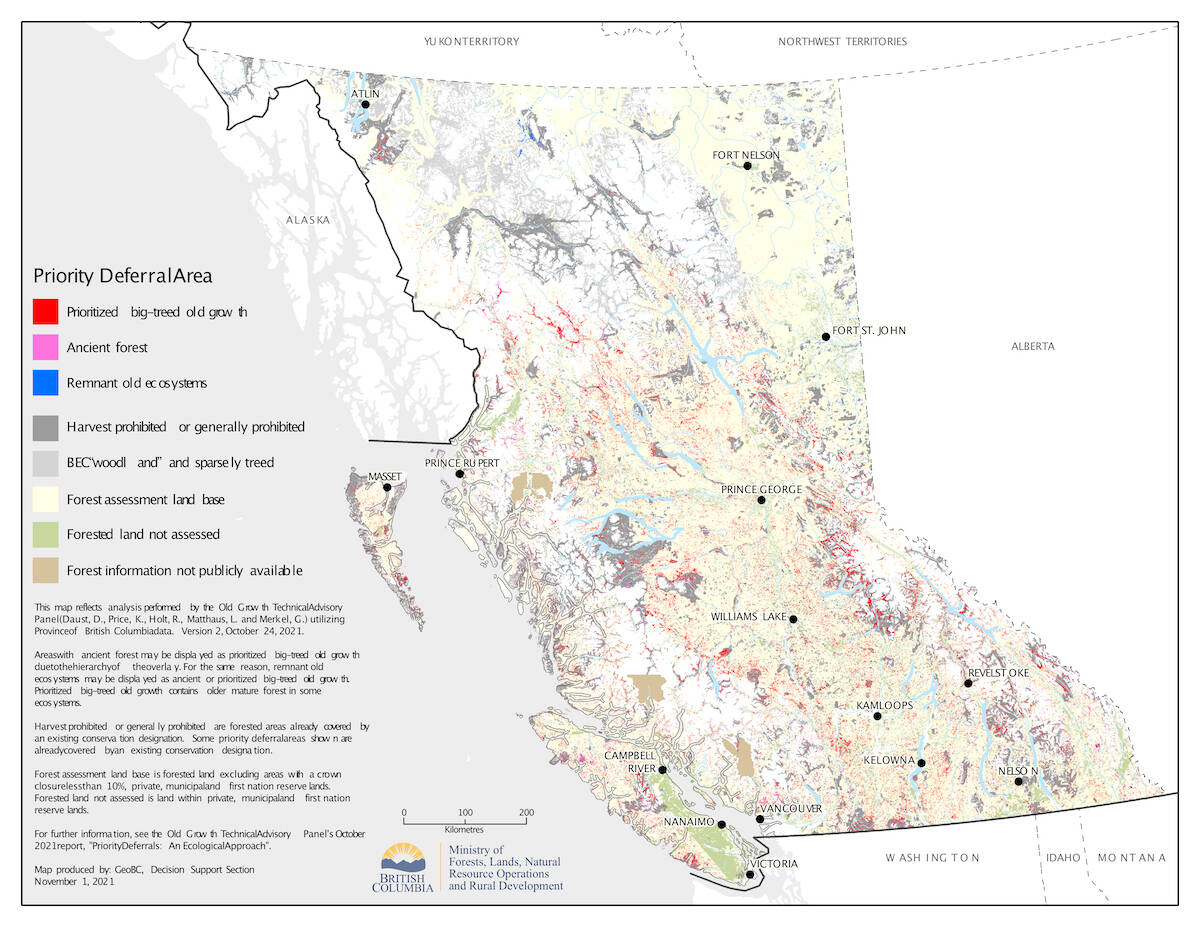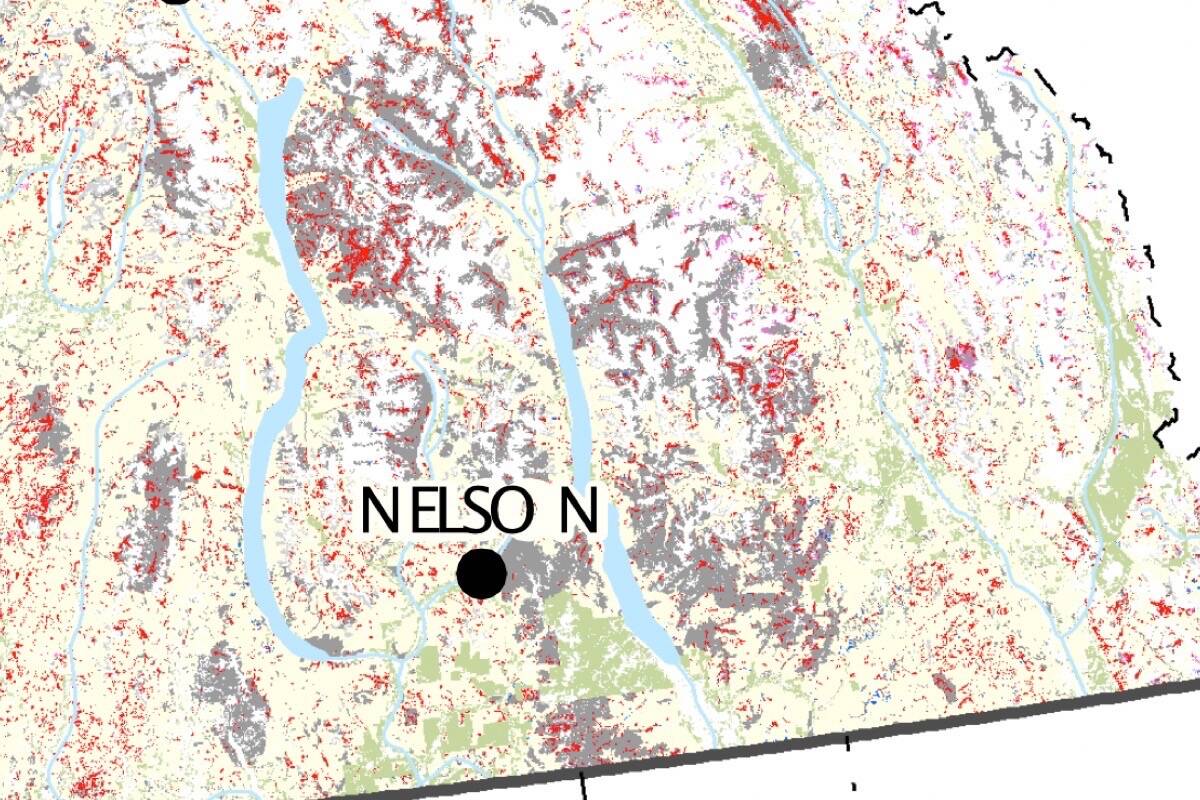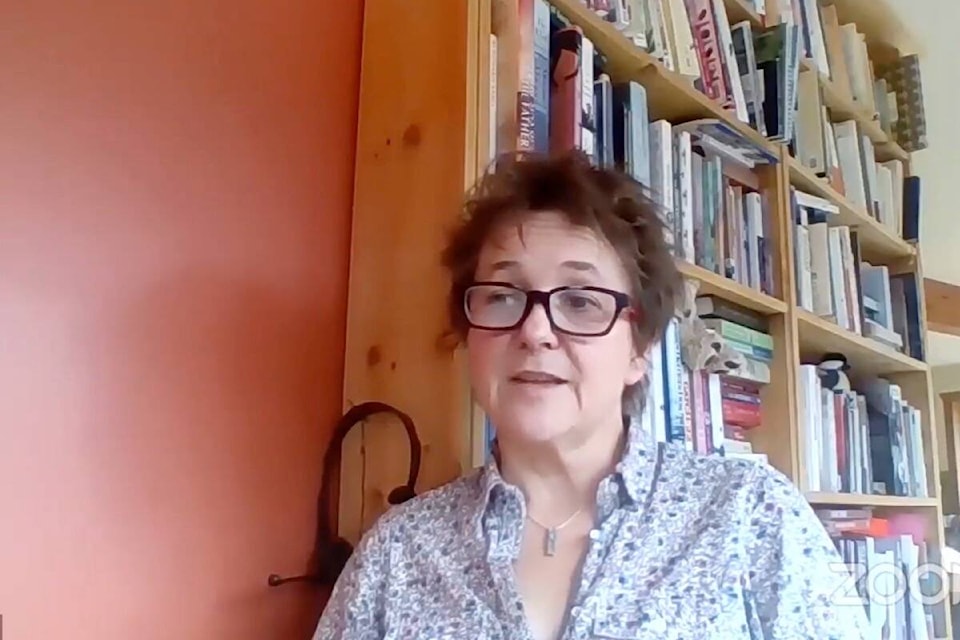A Nelson ecologist who served as part of a provincial government panel that mapped B.C.’s remaining old growth forest is concerned about the way the government has implemented the panel’s work.
The Old Growth Technical Advisory Panel identified and mapped 2.6 million hectares of at-risk old growth forest.
In a Nov. 2 news release, the province said it would respond to the report by asking First Nations to identify forests within the 2.6 million hectares that should not be cut, and the province would defer harvesting in those areas pending further discussions. First Nations were given 30 days to do this – a deadline that expired on Dec. 2.
But otherwise, logging has not stopped in those 2.6 million hectares, even temporarily.
“They haven’t deferred anything,” Holt says. “[They are] not deferring unless [a First Nation] sticks their hand up and says they want to defer. So that’s the urgency, because those blocks are being logged, anywhere there is a cut block.”
The term “deferral,” in the provincial government’s old growth discussions, means pausing logging in a specific area, not necessarily stopping it indefinitely.
The other members of the technical panel were forest policy analyst Lisa Matthaus, ecologist Karen Price, landscape analyst Dave Daust, and forester Garry Merkel.

The panel’s report, entitled Priority Deferrals: An Ecological Approach, released on Nov. 2, identified and mapped 2.6 million hectares of old growth in several categories, and recommended that logging there be deferred until a new forest management plan is developed for old growth.
“Defer harvest, i.e., no development or harvesting,” the report reads, “in all mapped highest-priority at-risk old forests (priority big-treed old growth, ancient forest, remnant old ecosystems) while development of a new approach to forest management is underway.”
Contacted by the Nelson Star, the forests ministry stated in an email: “At this time, licensees with previously approved cut blocks within the 2.6 million hectares are legally authorized to harvest timber within these cut blocks.”
The provincial agency B.C. Timber Sales has stopped advertising and selling timber rights in the areas identified by the panel.
The statement went on to say that the government might eventually work with logging companies to temporarily halt harvesting in some areas identified by the panel, after it makes agreements with First Nations.
“This may include industry voluntarily halting harvest or government halting harvesting under section 13 of the Forest Act.”
This is not what the technical panel recommended, which was that all current logging in areas indicated on their map should be deferred, Holt says.
“The point of the deferrals was to prevent harvest of the most high-value forest,” she said, adding that currently the government’s default approach is harvesting, not protecting.

Paradigm shift
The work of Holt and her colleagues came as a result of the provincial government’s April 2020 publication of A New Future for Old Forests, written by a two-person government-appointed panel of foresters who travelled the province getting feedback and information about old growth.
The report’s authors, Garry Merkel and Al Gorley, gave the province 14 recommendations, one of which called for immediately deferring logging in old growth forests that are at risk of ecosystem loss and that would otherwise be harvested. They asked that these areas be identified and deferred within six months.
Merkel and Gorley, in A New Future for Old Forests, called for a paradigm shift from managing forests for timber supply to managing them for ecosystem health.
At the time, the province committed itself to implementing all of Gorley’s and Merkel’s recommendations.
“Now it’s 18 months later,” says Holt.
“And [deferrals] are not the real work,” she says. “The real work is the next step. This deferral process was supposed to be short and sweet and point to the most at-risk forest, so that we could then get on with the real work of the paradigm shift of planning with a different framework.”
Related:
• Nelson scientists release maps of old growth forests, urge province to stop cutting
• Province ignoring need to preserve old growth forests, says Nelson scientist
• Province’s response to old growth forest report falls short, says Nelson scientist
• In the forest, a Nelson scientist discovers trees take care of their own
bill.metcalfe@nelsonstar.com
Like us on Facebook and follow us on Twitter



